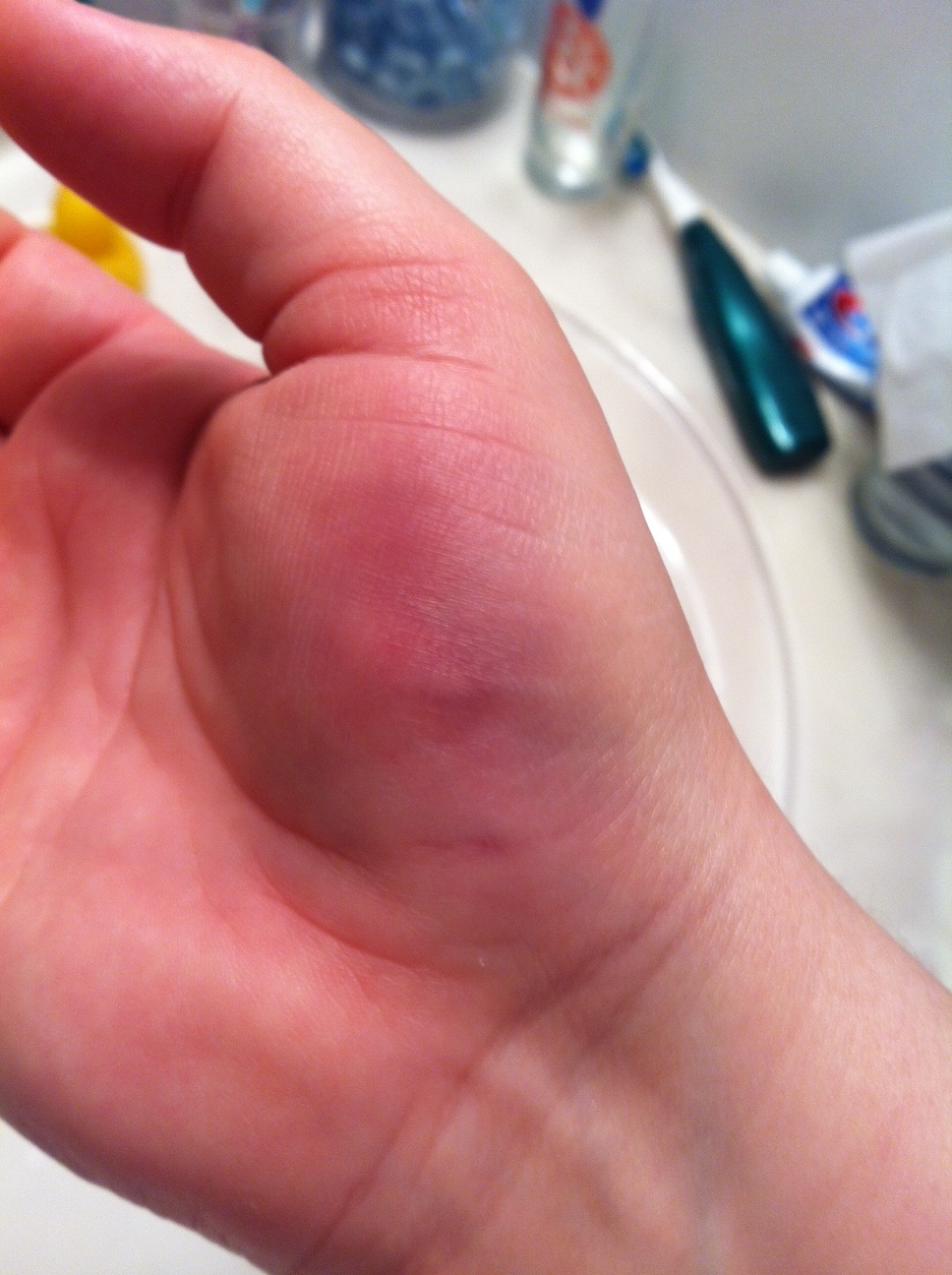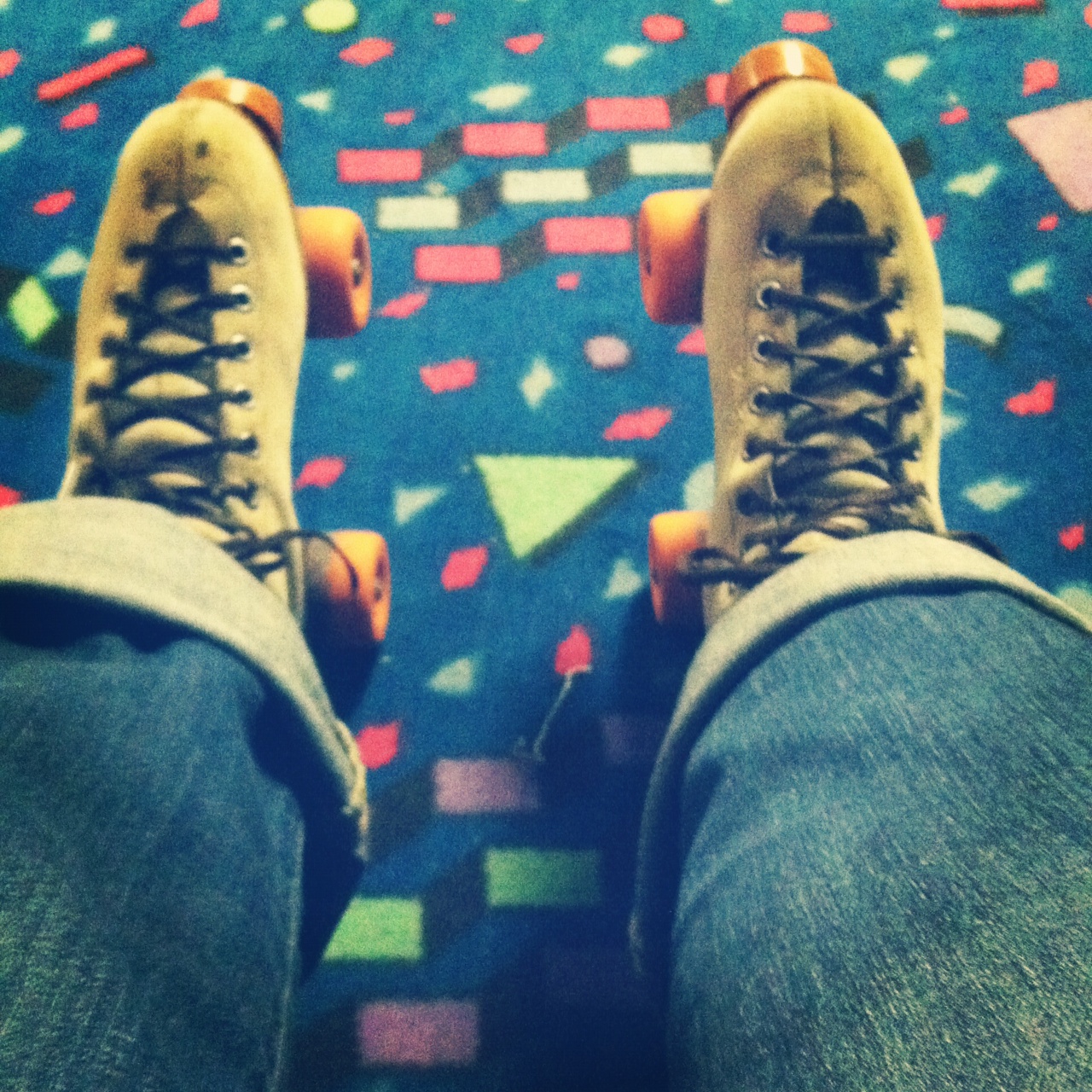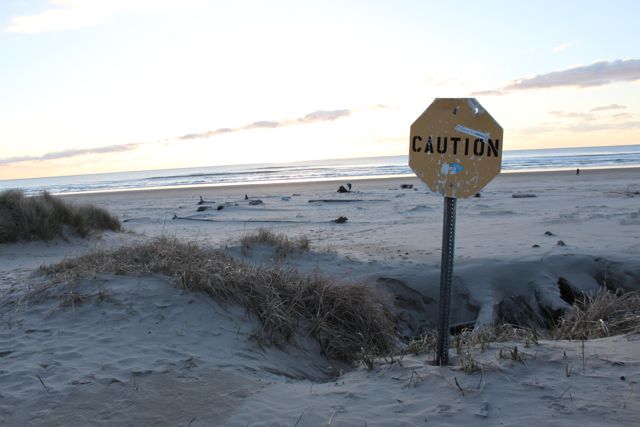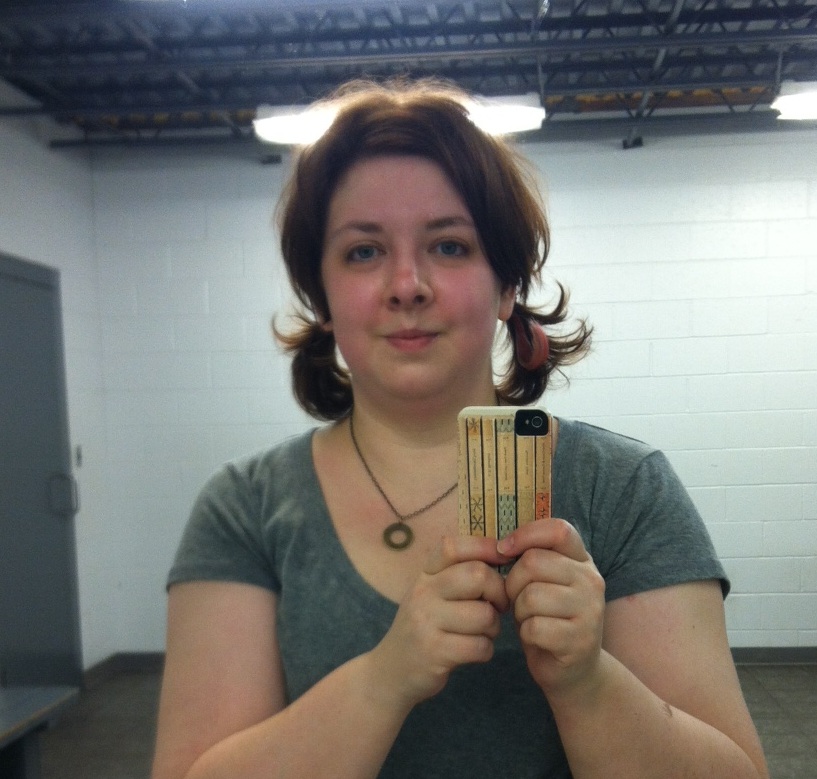Forgetting to Be Scared (Roller Derby Makes Me Brave #6)
 Wednesday, December 5, 2012 at 1:55AM
Wednesday, December 5, 2012 at 1:55AM  me after my first public roller derby scrimmage as part of westmoreland roller derby's violet femmes home team
me after my first public roller derby scrimmage as part of westmoreland roller derby's violet femmes home team
This is the sixth installment of "Roller Derby Makes Me Brave," an ongoing series in which I chronicle my journey into roller derby. (You can read the whole series or the individual posts.)
The Friday after Thanksgiving I felt more like the girl who sits on the couch in her pajamas and favorite soft-as-a-blanket cardigan, drinking tea and reading than I felt like the girl who shimmies into a pair of black tights, laces up her roller skates, and straps on a helmet to skate in an oval and knock down similarly dressed girls. But by late afternoon I had pulled my post-Thanksgiving ass off of the couch, showered, applied more eye makeup than I normally wear, hiked my tights up under a black miniskirt, and headed off to Westmoreland Roller Derby's Black Friday Bout.
This was my third public scrimmage, and I realized that I'm woefully behind in telling you about how we got to this point in the Roller Derby Makes Me Brave saga.
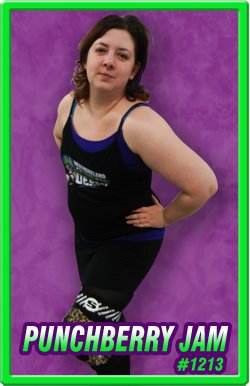 When last we left our derby heroine, Punchberry JAM, she had just attended her first practice in full gear. She was learning how to fall and how to get back up, literally and metaphorically.
When last we left our derby heroine, Punchberry JAM, she had just attended her first practice in full gear. She was learning how to fall and how to get back up, literally and metaphorically.
 That was last spring. I went to a few practices, and then to a few more, each time surprised with myself for sticking with this wild adventure.
That was last spring. I went to a few practices, and then to a few more, each time surprised with myself for sticking with this wild adventure.
Some time during the last six months I confided this truth to a non-derby friend:
"I haven't stopped being scared," I said. "I'm pretty much scared every time I stand up on skates."
"But you keep showing up," she said.
That's true. April turned to May turned to June, and I was still showing up -- and still skating on a terrible pair of Cobra skates. Their limitations were becoming obvious.
Now, let me be clear: Good skates don't exactly make the skater, but good skates do make skating easier. Wheeling around on a pair of toy skates with cheap plastic wheels and crap bearings while everyone else zooms past on bona fide speed skates can dishearten even the most determined derby girl. I couldn't do some of the most basic maneuvers, such as propelling myself forward with all eight wheels on the floor, not even when I moved my legs and hips as I was shown. I was skating twice as hard as anyone else and going half as fast. I hoped to the derby gods that these shortcomings were at least in part due to the shitty skates. But I worried: What if the real problem was me? The limitations of my body mingled with the limitations of my skates so that I had no idea which was which.
I needed new skates stat, but I dragged my feet on getting them. I was having trouble deciding on a pair, to put it mildly. Before derby I had no idea how many decisions one must make when buying roller skates.
What kinds of decisions? Read on if you care about that kind of thing, or skip the next paragraph if you don't.
Okay, so you wanna buy skates for roller derby. What kind of boot do you want? Leather or synthetic? What's the right size and style for short, wide feet with flat arches? Do you want nylon, aluminum, or titanium plates? What about the trucks? (Who knew there was something called a truck on a skate?) You could go with the standard 10-degree angle trucks or the swanky 45-degree angles. And what the hell is a "short forward mount," anyway? Then there are the wheels. Harder wheels go faster and are denoted by higher durometer numbers. (Go ahead, look up the word durometer. I don't think anyone but derby girls and plastic manufacturers use it.) Softer wheels have more grip and lower numbers. The bigger you are, the harder the wheel you can skate on, but if you're not very steady on your feet yet, don't go too hard or you'll slide around. And all of this depends on what kind of floor you'll be skating on. Concrete skates different than sport court skates different than wood. Okay, got your wheels picked out? Great. What about bearings for inside those wheels? Get at least ABEC-7, or go to Swiss bearings if you want really smooth rolling action. And you'll need some toe stops, of course. What about an extra set of laces? How about a toecap to protect the front of the boot from getting scuffed? Need any knee socks with your order? You got all that?
Yes, finally, I got all that. I tend to research things to death. I'm great at gathering and synthesizing information, but that process is also my Achilles' heel: I get trapped in analysis paralysis. For weeks I agonized over which skates to get. I wanted to make sure I bought the best possible ones for me. But something else was at play in my dilly-dallying: As long as I had crap skates, I could blame them for my crap skating. This was happening on a subconscious level, of course. (And as I've said, skates do not the skater make. I've seen derby girls skate like the wind in bad rental skates.)
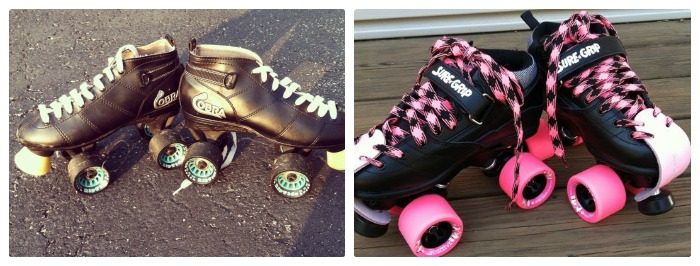 old skates and new skates
old skates and new skates
I wore the hell out of those Cobra skates. I wore them until something came loose inside the wheels and I was afraid to skate on them anymore. This happened right before I finally ordered a new pair, which meant I sat out a few weeks of practice while I waited for my shiny new skates to arrive.
(In case you care about this kind of thing, I got Sure Grip Rebel leather boots, Avenger DA45 plates, QUBE Juice Abec 7 bearings, pink Fugitive wheels, Carerra stops, pink-and-black plaid laces, and pink toe covers, though I'm now skating on black Radar Flat Outrageous wheels with Swiss bearings and have switched to black laces and black toe covers. Next up on the never-ending gear list is a set of Gumdrop toe stops.)
At the same time that I was waiting for my new skates, I was also spending several hours a week in physical therapy for my knee, which had decided to go haywire with all of this newfangled movement and exercise. And then I went to the west coast for two weeks in July, missing more practices and the league's first public scrimmage.
By the time August rolled around, my knee was on the mend and I had new skates -- and I was still scared every time I stood up on them. I hadn't skated much for about a month, and it showed. I wasn't exactly starting over, but I was scrambling to catch up and keep up. The good news is that I could now propel myself with all eight wheels on the floor, and although I was still slower than most of the others, I was definitely skating faster. I finally felt like I had all of the external pieces in order. Now I had to bring myself up to speed.
And that's where I am now: still working to bring myself up to speed. I go to practice twice a week and try to skate at least one other day. I've played in three public home scrimmages plus one closed scrimmage with the Ohio Valley Roller Girls.
This journey has been an up-and-down kind of adventure so far. I suspect that's how it will always be. I've lost a few weeks of training here and there due to laziness or new injuries. I've had nights where I've sobbed most of the way home after practice because I'm so frustrated with myself. I've also left practices bursting with joy and a kind of exhilaration I've never known before.
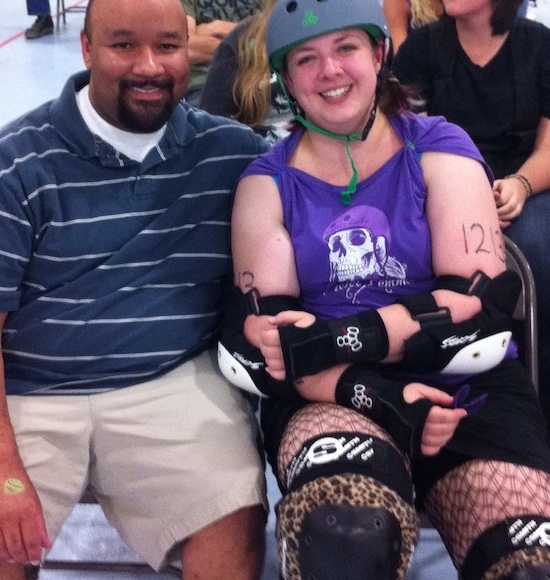 james & me at my first boutI'm still nowhere near where I want to be as a roller derby girl, but I'm not where I started, either. After the Black Friday bout, I wasn't feeling the best about my performance. But then at the after-party, the bench manager asked me how my knee was doing after its latest rebellion, and I could honestly say that it's much stronger than it's been. "That's great," she said. "I'm glad you can keep skating. You've come so far." I don't know if she had any idea how much I needed to hear those words (though it wouldn't surprise me if she did).
james & me at my first boutI'm still nowhere near where I want to be as a roller derby girl, but I'm not where I started, either. After the Black Friday bout, I wasn't feeling the best about my performance. But then at the after-party, the bench manager asked me how my knee was doing after its latest rebellion, and I could honestly say that it's much stronger than it's been. "That's great," she said. "I'm glad you can keep skating. You've come so far." I don't know if she had any idea how much I needed to hear those words (though it wouldn't surprise me if she did).
I've been making note (sometimes in my head, sometimes in my journal) of these little "wins," no matter how small they might seem on the surface: when a teammate says "good job"; when I don't fall down after a bigger girl shoulder checks me; when I do fall but get up quickly; when I figure out a strategy and communicate it to my team; when I master -- or even attempt -- a new skating skill.
I'm keeping track of these moments because one by one, they're helping me to be a little more confident. I get off the couch. I pull on the tights. I lace up the skates. I slap on the helmet.
I had good practice the other week. I was having a blast out there on the track. I felt strong and capable. And that's when it hit me: I had finally forgotten to be scared.
{photo credits: photo of me by james simpson; roster photo and photo of james and me by d.j. coffman, a.k.a. the secretary of skate; skates photo by me}



